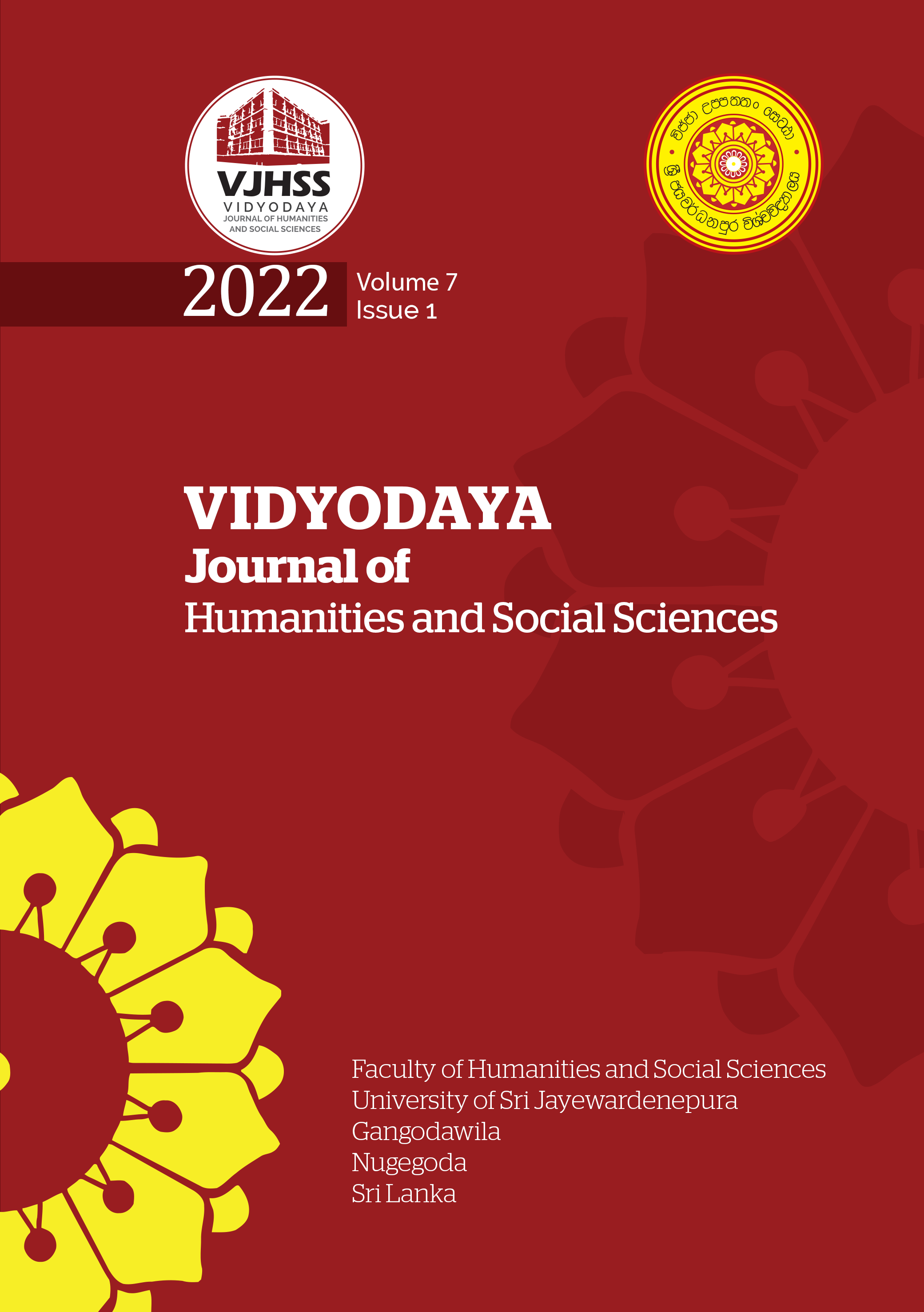Impact of COVID-19 Pandemic on the Financial Livelihood Assets: A Case Study in Mahawewa Divisional Secretariat Division, Sri Lanka
Abstract
The most recent catastrophe, COVID-19 changed the lives and the livelihoods of the people in the world and in Sri Lanka. The main objective of this study was to identify the nature of the impact of the COVID-19 pandemic on the financial assets of the community engaged in six (06) livelihood types and the measures taken by the government and social organizations to mitigate the impact. A total of 64 families representing the livelihood types in two Grama Niladhari divisions in the study area were selected for the sample by employing stratified random sampling technique. Data were collected through questionnaire survey and informal discussions while the data analysis was mainly done through Chi Squared Analysis. The study confirmed that the COVID-19 pandemic has adversely affected on the income generation and savings of the community in the study area. Further, 13% (out of 16) and 07% (out of 14) of households engaged in agriculture and fisheries respectively has earned a monthly income of over 150,000 while no household in all categories has earned a monthly income of less than 5,000 before the COVID 19 pandemic. However, the monthly income generation of 82%, and 57% of households who engaged in tourism and both fisheries and self-employments has significantly dropped to less than 5000/= respectively during the COVID 19 pandemic. Also, the pandemic has adversely affected the income generation of the households in fisheries, tourism and self-employment sectors compared to agriculture sector. Savings of the same categories was also reduced due to the pandemic. The study further ascertained that the government and social organizations have taken several measures to provide essential items to cope with the economic impacts of COVID 19.



